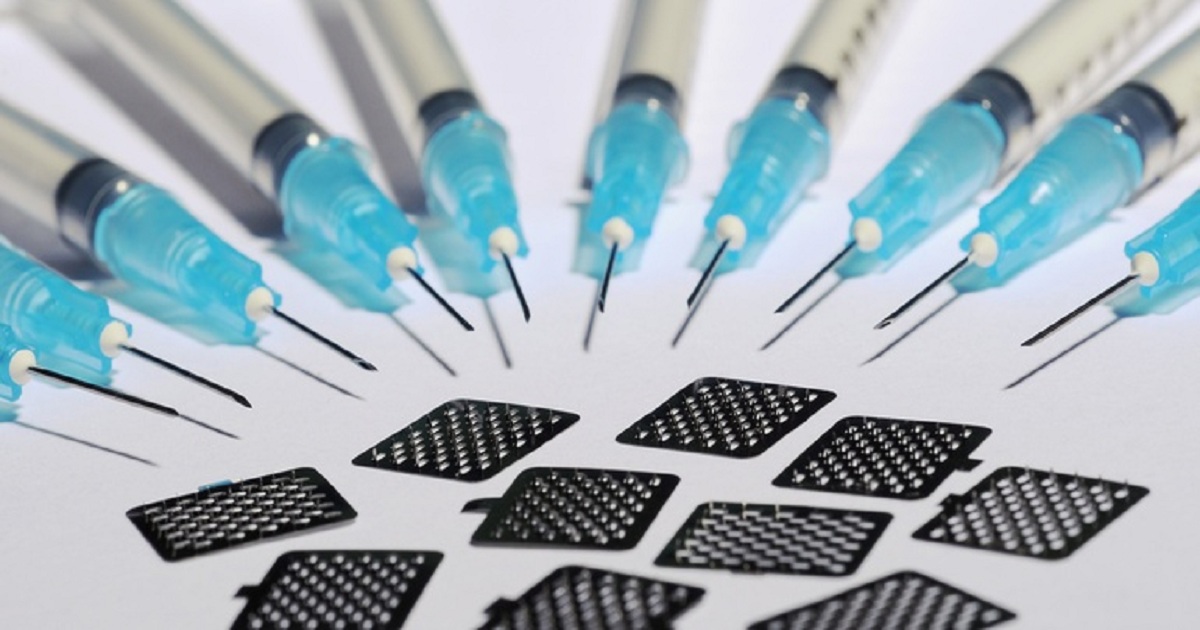COVID-19 Vaccines Shipping Demands Cold Chain Tracking and IoT Sensors
Supply Chain Dive | August 12, 2020

Assuming a COVID-19 vaccine is on the horizon, the cold chain needs to be prepared for the onslaught of vaccines shipping around the world and the U.S. It’s not an easy task, given the number of transfer points from manufacturing to administration sites. Vaccines often travel by truck and airplane, with stops and storage at the distributor before arrival at the terminal point, where they once again go into cold storage. The last mile to the healthcare provider could be a van delivery to a nearby town, or they could be transported via donkey, bike or camel. Vaccines lose effectiveness the longer they are outside their target temperature range, whether too warm or too cold. They should be stored between -58 degrees Fahrenheit and 5 F if frozen, or 35 F to 46 F otherwise. A quarter of vaccines are degraded by the time they arrive at their destination, due to incorrect shipping procedures, according to the International Air Transport Association's Center of Excellence for Independent Validators in Pharmaceutical Logistics. And 20% of temperature-sensitive biopharmaceutical products, including plasma, are damaged during cold chain transport. "These are very sensitive materials," said Mahesh Veerina, CEO of Cloudleaf, an IoT sensor and visibility company. Losses from vaccines exposed to temperatures outside the recommended range, known as excursions, are estimated at $34.1 billion annually, including lost product cost, replacement cost and wasted logistics outlay. "Considering the state of healthcare, that is almost unconscionable," said Joe Battoe, CEO of Varcode, a temperature monitoring technology company.